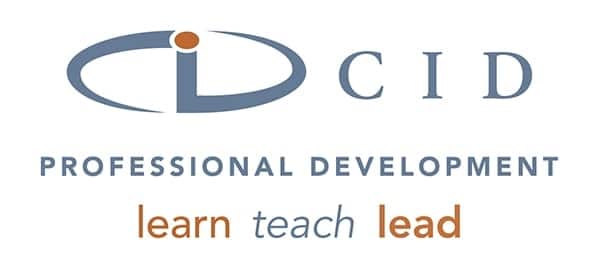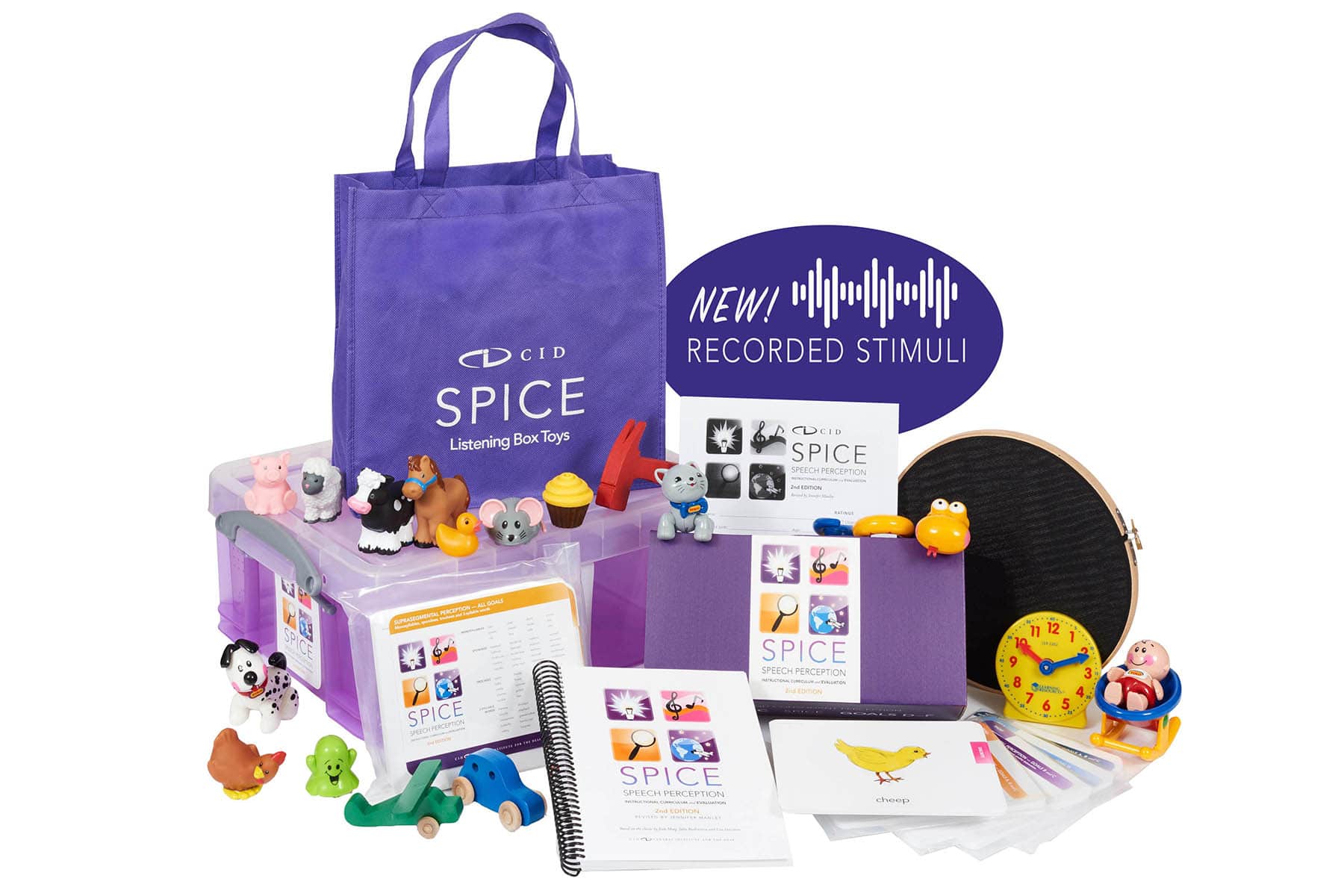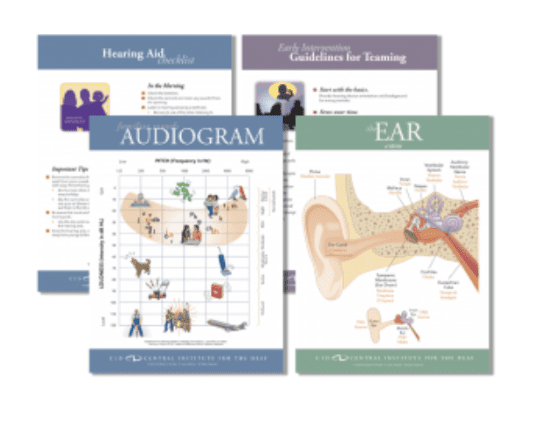We are excited to announce that CID has recorded the SPICE stimuli associated with the listening box toys, large picture cards and small picture cards. This was done in response to the need for recorded stimuli for auditory training to serve students with varying degrees of hearing loss more effectively and efficiently. While live voice is the preferred mode of presentation for many students, the addition allows those who administer the SPICE curriculum to stream the stimuli directly to a student’s device/s in specific circumstances.
The recorded stimuli can be used for the following purposes:
- 2019 and 2022 FDA approvals and candidacy guidelines for cochlear implant use for people with single-sided deafness have resulted in an increased need for auditory training with this population. Isolating one ear with traditional techniques for auditory training has proven difficult. The recorded stimuli allows for an effective way to directly train this population, which may result in improved speech perception abilities (Távora-Vieira and Rajan).
- When a student receives a new device, CID recommends auditory training specific to that side to strengthen listening abilities. The recorded stimuli makes this easier than ever to carry out.
- Students with bilateral hearing loss often complete standardized tests and other digital work by streaming directly to their devices. Unfortunately, we are often unaware of a student’s ability to accurately decipher this information. By having students complete auditory training through streaming, teachers can better evaluate student abilities and prepare them for utilizing this function for academic purposes.
- Students can sometimes display difficulty listening to a practitioner using a dialect that differs from their own. The recorded stimuli may ease this barrier.
Methods of connection to access the stimuli will depend on the student’s device capabilities and the technology utilized in the classroom. Consult device user guides, the audiologist or school IT department for how to best stream to the device.

Abby Meister, MSDE, CED is the Content Coordinator of the Emerson Center for Professional Development at CID – Central Institute for the Deaf. She has been a teacher of the deaf for over 10 years, primarily working with children ages 2-5. She has presented at professional conferences with content focusing on early intervention and listening and spoken language strategies for children who are deaf or hard of hearing. She received her master’s degree in deaf education through the Program in Audiology and Communication Sciences (PACS) at Washington University.












